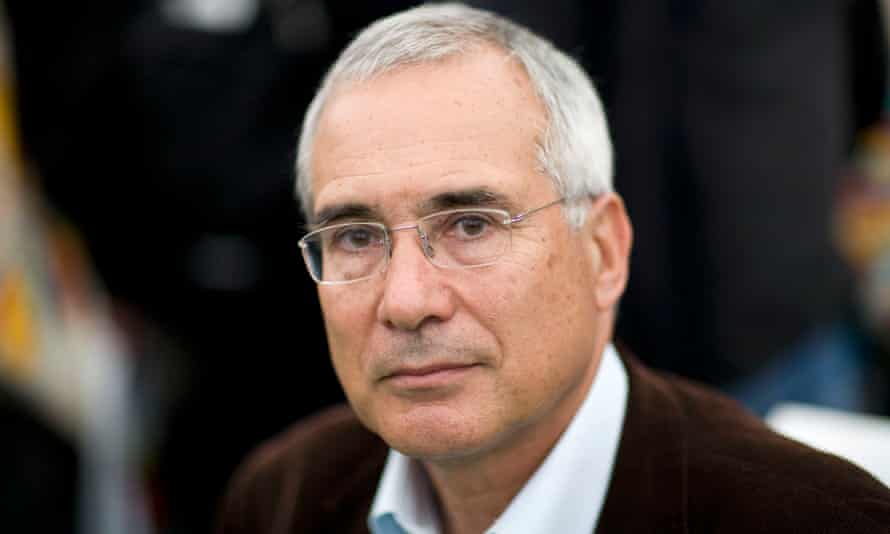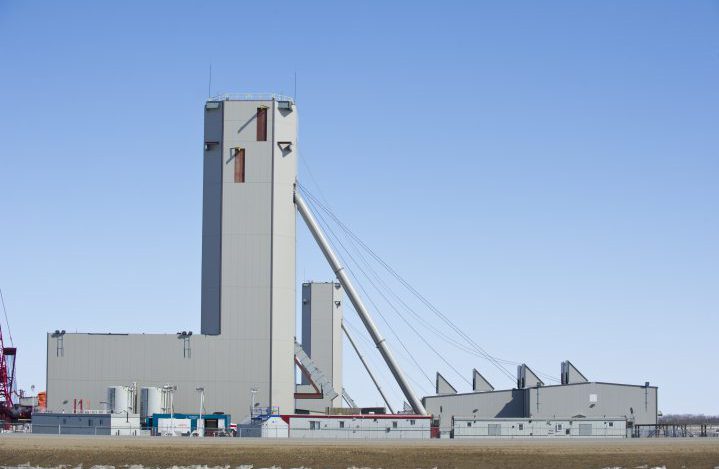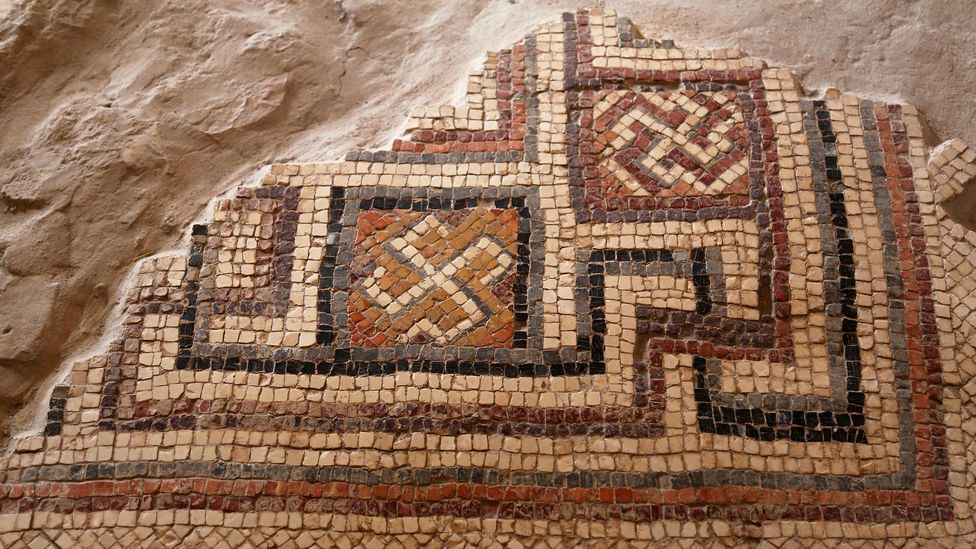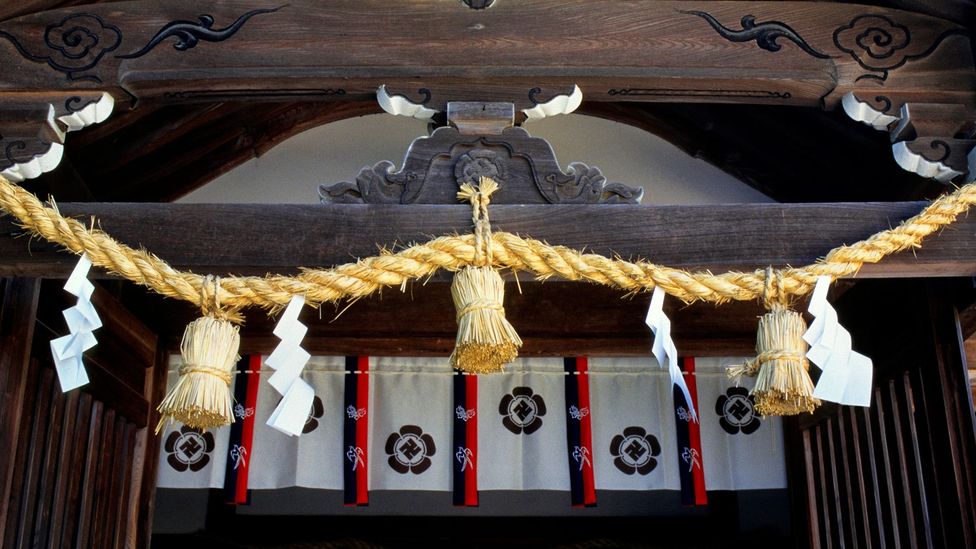Michelle Lewis
- Aug. 17th 2021

STRÖMMA is a locality in Stockholm County, Sweden. And it’s also the name Swedish furniture and home goods giant IKEA has given to its new clean energy retail service from next month in its home country.
IKEA’s clean energy – STRÖMMA
IKEA shoppers in Sweden will be able to not only buy everything from lights to appliances in one gargantuan blue building, they can also, from September, buy the clean energy from IKEA to power those items.
IKEA calls STRÖMMA an “electricity subscription,” and says it’s good for the planet and customers’ wallets.
IKEA products are named after a Swedish word based on the type of product. So, for example, fabrics are given female names, and bed and bath products are given flower and plant names. Perhaps further clean energy offerings will also be named after locations in Sweden.
The company explains in an announcement today:
The electricity from fossil fuels used at home has an impact on both our health and our planet. One simple action we can all take is switching to more renewable energy at home. IKEA offers more sustainable solutions that can be integrated seamlessly into our everyday lives. In addition to STRÖMMA in Sweden, IKEA offers solar panels to customers in 11 markets, with the ambition to enable customers in all our Ingka Group markets to use and generate more renewable energy through our energy services by 2025.
Through the STRÖMMA offer in Sweden, customers can buy affordable, certified electricity from solar and wind, and use an app to track their own electricity usage. Customers who have already bought solar panels from IKEA can also track their own production in the app and sell back the electricity they don’t use themselves.
Bojan Stupar, sales manager at IKEA Sweden, says:
IKEA is a home furnishing company, and we want to make it easier for more people to live a more sustainable life at home. Today we offer smart and energy efficient products and services that contribute to prolonging the life of products, reducing waste, saving water, and eating more healthily, as well as reducing electricity usage. Providing solar and wind power at a low price to more people feels like the natural next step on our sustainability journey.
The company plans on rolling out the offering to all of its global markets, and intends to source energy from wind and solar farms that are less than five years old to encourage the building of more of them.
Electrek’s Take
Talk about a turn (Allen) key solution. Reuters reports that Svea Solar, which is a partner of IKEA’s parent company Ingka and produces solar panels for IKEA, will buy the electricity on the Nordic power exchange Nord Pool and resell it without a surcharge. Consumers will pay a fixed monthly fee plus a variable rate. Combine that with IKEA’s smart lighting, and voila!

As a fun aside, we also wonder whether the STRÖMMA app features the cartoon “IKEA man”? If it doesn’t, then the instructions to sign up surely must.
Thanks to Marcus Johannson in Sweden!



















